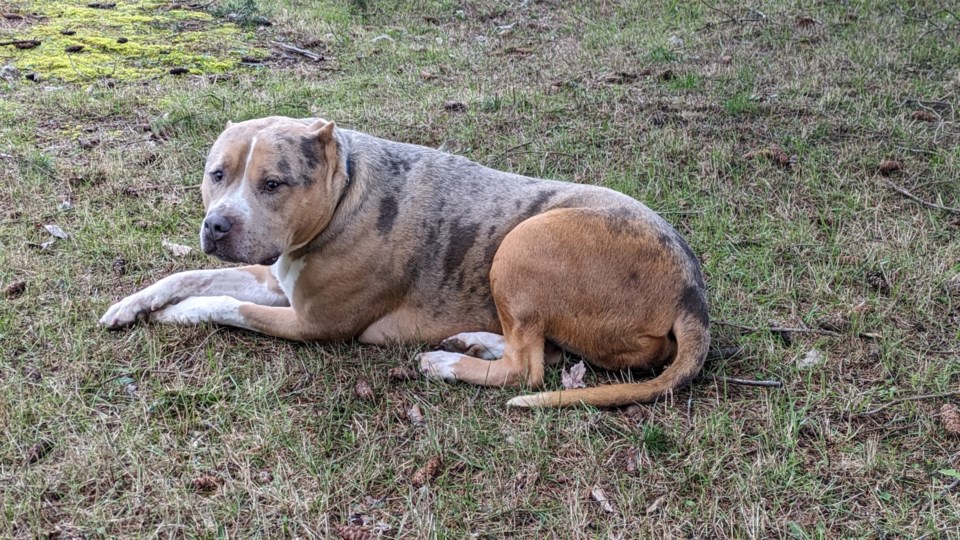River, a gorgeous, big loving lug of a dog came to the vet recently walking on three legs.
This behaviour is not all that uncommon for cats and dogs — sometimes it is a sign of a fairly innocuous injury or a sore paw that will clear itself up. But a veterinarian is urging pet people not to ignore this sign and get an animal to the hospital as soon as possible. The alternative could be disastrous — and extremely costly.
It turned out River’s limp was a result of a very serious knee injury. She urgently required complex orthopedic surgery.
The surgery River received is called tibial plateau levelling osteotomy (TPLO); it is both the most common orthopedic surgery and probably the most difficult for surgeons. (Learn all about TPLO health and surgery here.)
At first, it was assumed River would require TPLO surgery on both her hind legs, says Dr. Guy Arad, a surgeon at RAPS Animal Hospital, who has worked with River and performed the surgery. He is hopeful that a second surgery may not be necessary.
“You have to wait and see,” he says.
River’s right rear leg will be out of commission for a while but that does not necessarily mean that the added strain on her left leg will exacerbate what X-rays show are early signs of troubles there. “I've seen many dogs that do great and don't require a second surgery but there are others who, six months or a year from the surgery, require the other one,” he says. TPLO surgery is intricate and difficult.
“On a scale from one to 10, TPLO is usually nine to 10,” says Arad. “It's high risk. You have to be a very competent surgeon and somebody who has a lot of experience in orthopedics to start doing TPLOs.”
Despite the difficulties, Arad estimates that about 85% of all orthopedic conditions in a dog are ACL ligament issues.
“It's very common,” he says. That’s not good news for pet parents. The surgery is very expensive. (The non-profit RAPS Animal Hospital offers interest-free payment plans.)
Putting dogs on anti-inflammatories can help mask the pain — but that could have an even worse effect in the long run, allowing the problem to become worse and requiring more invasive interventions later.
Arad urges people to watch for symptoms and not to ignore them.
If your pet appears to have a sleepy leg, takes a few extra seconds to get up, or avoids putting pressure on one leg, get them to the vet, he says.
“That's the early sign,” Arad says. For River, the surgery has been a great success and she is getting her mobility back. As in human medicine, the doctor says, attitude matters. River is full of energy and ready to get back to an active life.
“She's sweet and wild and the nicest dog ever,” he says. “She's a sweetheart.”



